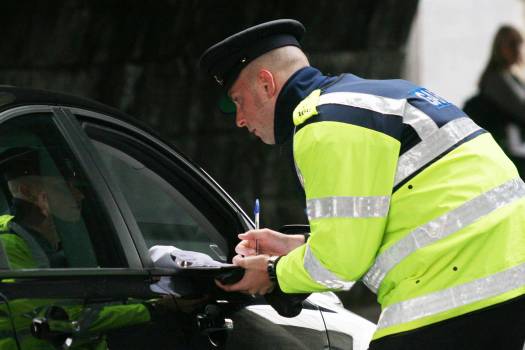By Sabrina Sweeney
IF you’ve been out on any local roads in rural parts of the county this past week it’s likely you’ve noticed work being carried out on speed limit signs.
It’s all part of the preparation for new speed limit rules, the first phase of which came into effect on Friday. The changes will see the speed limit for all rural local roads reduced by 25 per cent from 80km per hr to 60km per hr.
The meaning of the rural speed limit sign, which is a white circle with three diagonal black lines, will also change from 80km per hr to 60km per hr.
The government says the speed limits are being reduced in an attempt to combat an increase in fatalities and serious injuries on Irish roads over the last few years. While no one can deny there are road safety issues that need to be addressed, there are serious questions over how this one-size-fits-all approach is going to adequately address the problems.
When the first road safety strategy was published in 1998, 472 people had lost their lives on the roads the previous year, the third highest number of fatalities ever recorded. The culture was very different back then as drink-driving rates were much higher, there were fewer safeguarding laws and no inspection for private cars.
While there were some fluctuations in subsequent years, the overall reduction in deaths between 1998 and 2021 was significant. Since ‘21, however, a worrying upward trend has continued, albeit with a slight decrease from 2023-2024.
In 2023, the number of people killed was 184, the highest for a decade.
In Donegal last year, 17 people were killed on the roads, a rise from 10 in 2023.
Such statistics underscore the persistent safety challenges that exist in the county, particularly on rural roads, which account for 75 per cent of the road fatalities that occur in Ireland.
Speed is undoubtedly an issue and studies consistently show that lower speed limits correlate with fewer serious injuries and fatalities. However, this happens when done in conjunction with other measures, such as traffic calming and enforcement.
For businesses and rural dwellers who rely on local or ‘L’ numbered roads impacted by the new changes for their daily travel, they have the potential to have a severe impact. Getting to and from work, the school run and all of the journeys to take children to activities in the evenings are going to take a lot longer.
And on good roads that are well-maintained and low risk for accidents, the additional journey times will not necessarily have any significant accompanying safety benefits.
It’s a frustrating measure for drivers in these areas, particularly those who already drive responsibly and feel unfairly penalised, especially in areas with little alternative transport.
As part of the government road safety overhaul there will also be a reduction in limits in some urban areas from 50km per hr to 30km per hr while the speed limit on national secondary roads will be reduced from 100km per hr to 80km per hr, although these changes are not taking effect until later in 2025 and as yet the department of transport has not given a specific date.
Sabrina Sweeney’s Fresh Take column features every Thursday in the Donegal News.










